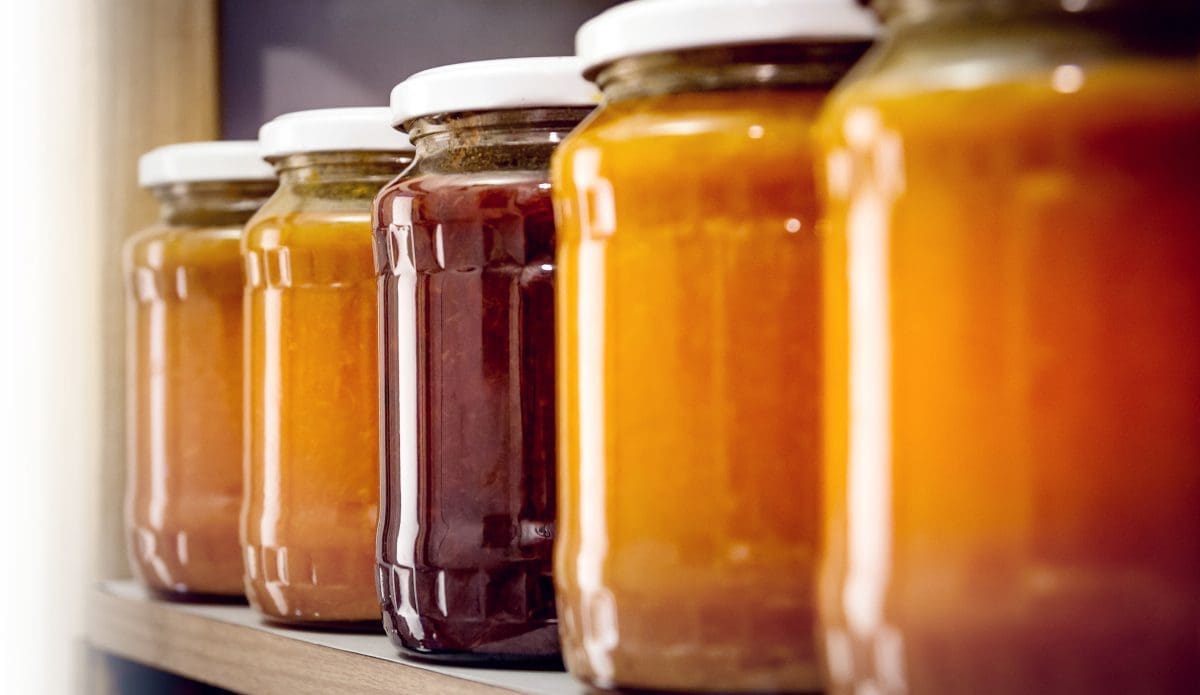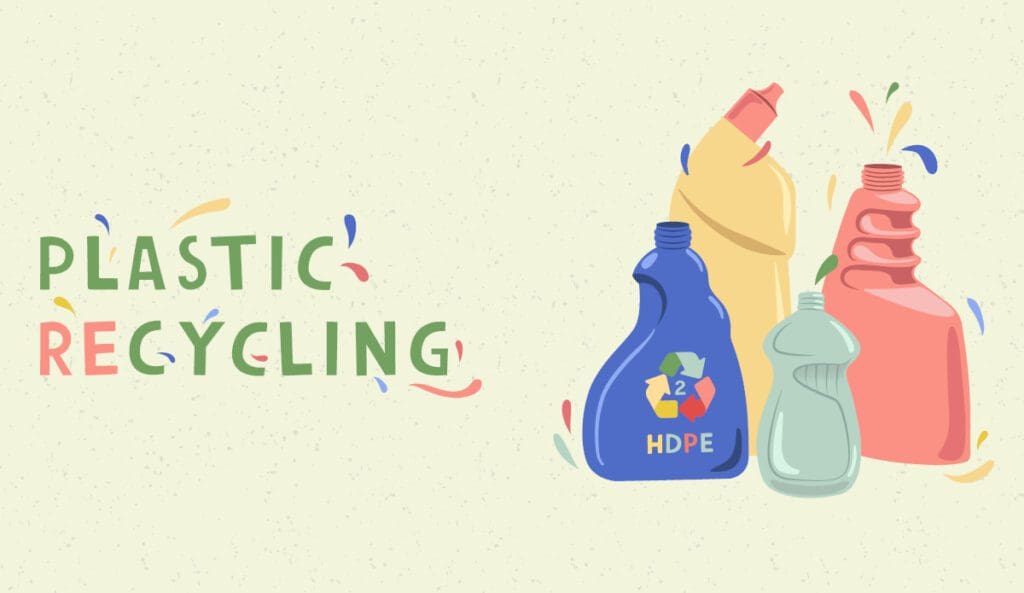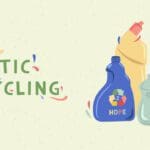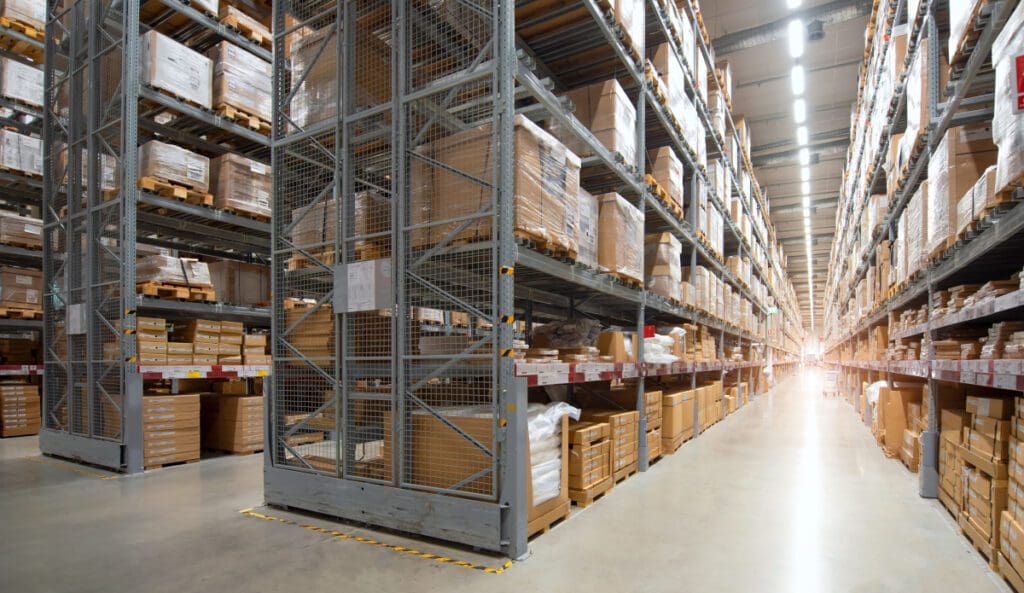
Are you making or packaging products in glass jars? Sterilising them is required in order to keep the contents safe for consumption.
For commercial food packaging, whether the business is big or small, glass jars must be sterilised. This is the process of cleaning the glass and killing any bacteria in order to ensure long term shelf stability and safety of the product inside. If you are packaging your food product in glass, it must be sterilised to ensure the product isn’t contaminated or harms the customer.
Why Do You Need to Sterilise Glass Jars?
The act of cleaning and heating glass jars removes any debris and kills all bacteria, yeasts, and fungi. This ensures the food is safe for consumption, and increases the shelf life of the contents. If you are selling your product, you need to comply with the NZ Food Safety Acts. Failure to do so can result in prosecution or worse still, harming one of your customers.
How to Clean and Sterilise Glass Without a Steriliser
The first step is to clean the glass jars. This is simple to do: Invert the container to remove dust and debris, and then clean them with warm soapy water. The jars should be rinsed to remove all traces of detergent. This can also be done by using a dishwasher.
If you intend on storing the glass jars at this point, it must be done in a way that stops any further contamination.
Then, the jars must be sterilised. This means heating them to more than 100oC for more than ten minutes in order to kill all bacteria and organisms. This can be achieved in two different ways.
- Place the jars on an oven rack. Ensure there is space between the jars so they don’t break. They should remain in the oven for ten to fifteen minutes
- Immerse the jars in boiling water for ten to fifteen minutes
At this stage, the jars can then be placed on a bench covered with a clean tea towel or towel (using clean oven mitts or thick cloths to ensure you don’t burn your hands). If you are filling them with a product that is heated at this point (such as jam), you can fill it while hot. Take care not to touch the inside of the jar (or lid) at any point because this re-introduces bacteria.
If you intend to fill it with a product that is room temperature, such as honey, wait for the jars to cool slightly so the thermal shock doesn’t damage the glass.
Lids should also be sterilised; metal lids require the same process as glass jars.
Once the product is in the jars, the hot lids can be attached. The process of heated jars and lids forms a seal which creates a vacuum. This means the lid will depress, and will ‘pop’ when opened. If a jar lid does not depress, this means that air can enter the jar and means the product does not remain sterilised or safe for consumption.
Do You Always Have to Sterilise Jars?
If you want your product to remain safe and consumable, then yes. The only time when you don’t have to pre-sterilise jars is when you sterilise them afterwards. This means you wash the jars, fill them with product, and then boiled in a canner for ten to fifteen minutes. However this process is not suitable for all products.
The Question of Bacteria in Honey
Honey has a number of properties that make it less likely to harbour bacteria. As well as having antibacterial properties, it is hygroscopic, hyperosmolar, is high in acidity, and has naturally occurring peroxide content (except Manuka honey). This means that microbes are unlikely to grow or reproduce in honey.
While this makes it less likely to result in contamination, it does not guarantee it. Honey bottling must involve sterilisation practices.
Speak to an Expert
If you have questions or worries about food processing requirements, speak to the MPI. They can help answer questions specific to your business or organisation. We recommend seeking external advice to ensure you are compliant with NZ legislation.
We can help you choose the right packaging for your product too, that can help you to remain compliant with NZ food laws. Give us a call to discuss what you need, whether glass or plastic, small or large.








